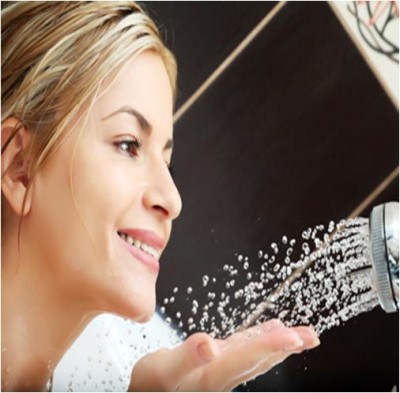
Does steam help dry skin skin#
Whether you prefer to steam at home or at a salon, this simple treatment is definitely worth trying to get your skin looking its best.

It can help to reduce acne, fade dark spots, and balance out any redness in the skin. Steaming your face will leave you feeling relaxed and refreshed. Steaming activates your sweat glands and flushes out toxins from the skin, leaving you with a healthier, brighter complexion.Īs a bonus, the warm steam also relieves tension in your facial muscles and tension headaches.

Not only does steaming provide instant hydration and nourishment to your skin, it also encourages deeper cleaning and opens up pores to allow for better absorption of your skincare products. Gilbert advises, “you should shower after the sauna.When it comes to achieving glowing, healthy skin, steaming your face is one of the easiest and most effective solutions. Regardless of the temperature of the water, “to prevent any irritation, and also for the sake of those around you in any enclosed spaces,” Dr. If you’re brave enough to try it, a cold shower after the sauna will create a circulatory shock of sorts, which can be very rejuvenating for your system and your skin. Taking a shower or washing your face can help alleviate this discomfort. If you’re having an adverse skin reaction after visiting a sauna - even a few hours later - and your skin is feeling itchy, it may be because the salt is still sitting on your skin. Be sure to take a shower after visiting a sauna. Skin conditions like eczema and psoriasis may also be irritated by saunas, so if you have either of these, it’s best to check with your dermatologist before trying out a sauna. Gilbert explains that because saunas can “encourage and permanently alter the number of red blood cells on your face,” it may mean that individuals who suffer from rosacea may not be able to recover from blushing as rapidly.

For people with rosacea, saunas can be worrisome. Gilbert points out, people with sensitive skin have sweat with a higher concentration of salt in it, and this can lead to irritation. Saunas may cause discomfort for those with sensitive skin. Saunas may not be ideal for sensitive skin types. Gilbert says, “is effectively going to make your skin look healthier and better.” The increased circulation means more nutrients are being delivered to your skin, she explains, and more blood flow will see your skin glow with a rosier, healthier complexion. Spending time in saunas means you’re getting improved circulation to your skin, which, Dr. Read More: Is Sweating Good for Your Skin? Spending time in a sauna can help increase circulation. Cleaning out or unclogging your pores can also minimize future breakouts. Gilbert believes the act of sweating is extremely detoxifying, “Not only for your body, but for your skin.” Through sweating, you’re removing impurities (aka toxins) from your skin, and the process is highly restorative and rejuvenating.

Being in a sauna, therefore, is like “exercising your pores.” Sweating could help release toxins from your body.ĭr. “What you’re doing in a sauna is you’re saying, ‘Hey guys, it’s really hot in here, I need to get cooler.’” Part of the way your body cools down is by opening your pores and sweating. Gilbert says, “The thing about saunas is that you’re getting pore dilation, you’re opening up your pores.” Pores are designed to help us regulate our temperature, she explains. Saunas are like exercise for your pores.ĭr. Erin Gilbert, MD, PhD to discover the relationship between saunas and your skin. Although their look has evolved, saunas remain a fixture of modern beauty regimens for countless people who cite amazing benefits to their skin.Īre saunas good for your skin? What is it about them that leaves you feeling so refreshed? We spoke with board-certified dermatologist Dr. Saunas have a rich history of relaxation and rejuvenation, dating back centuries to when the Finnish would make theirs by digging huts into mountainsides or building log cabins.


 0 kommentar(er)
0 kommentar(er)
